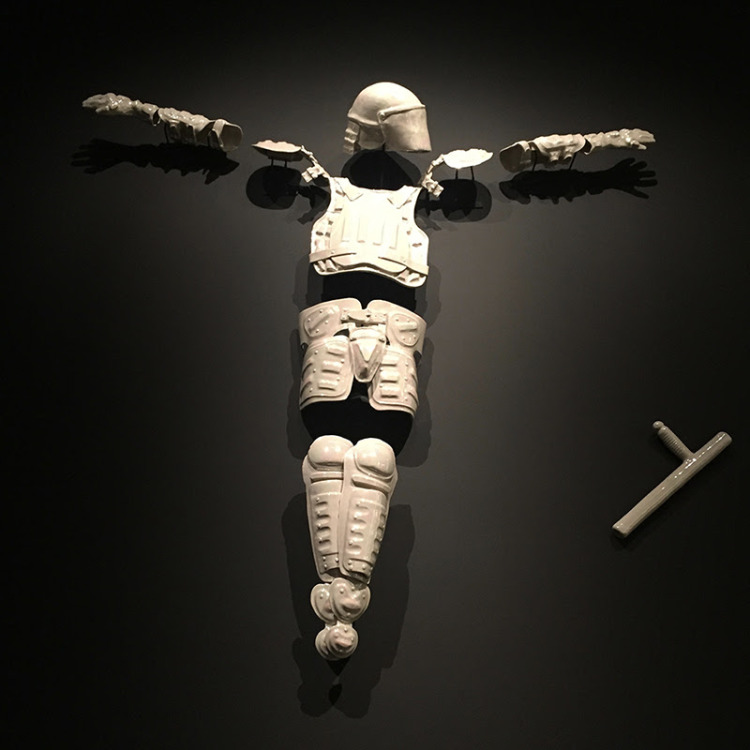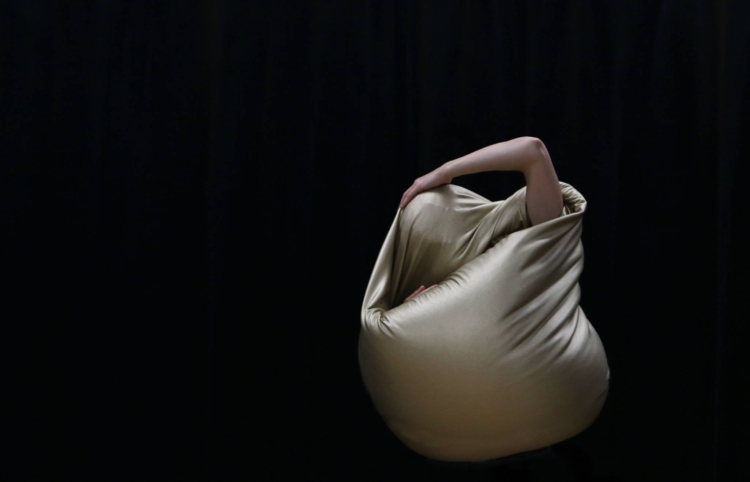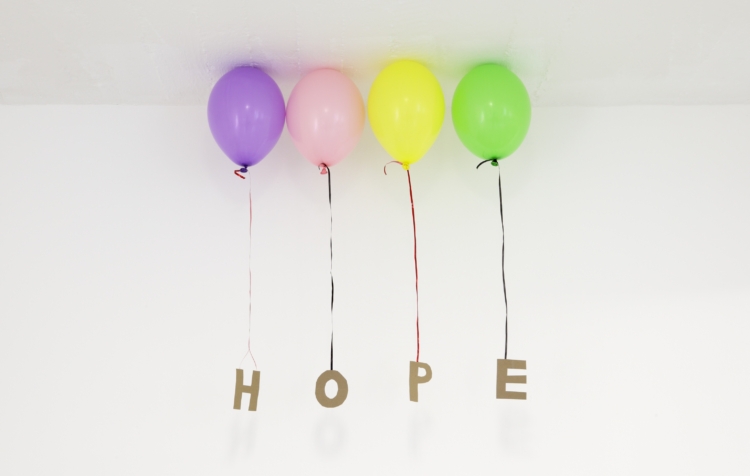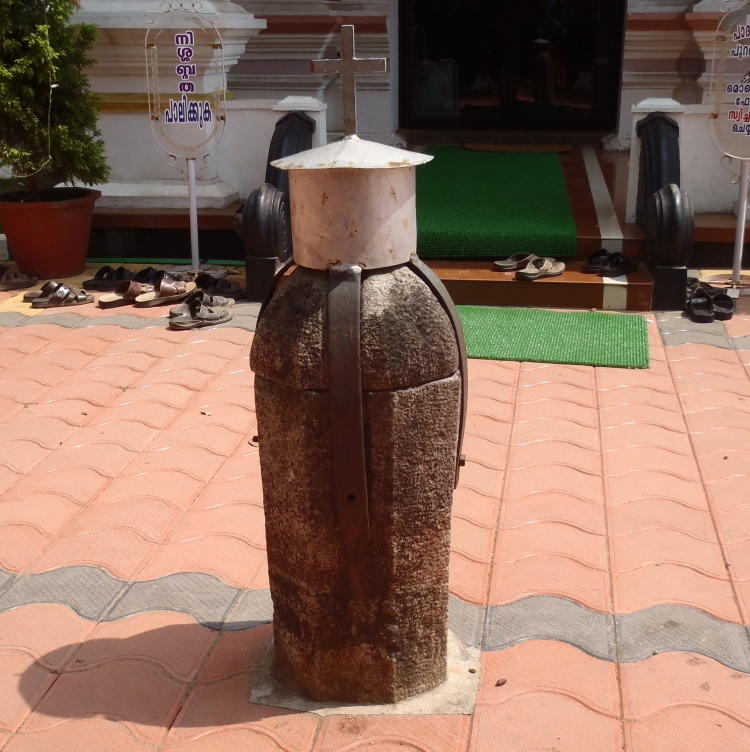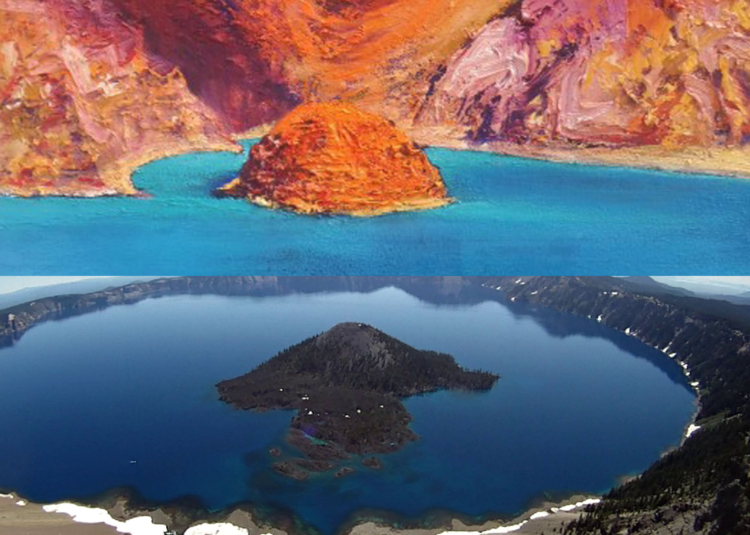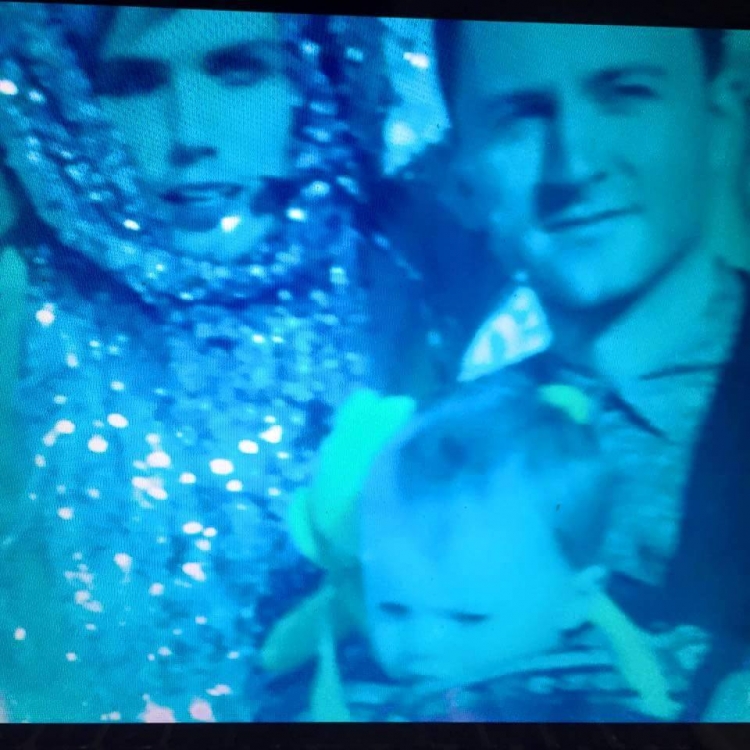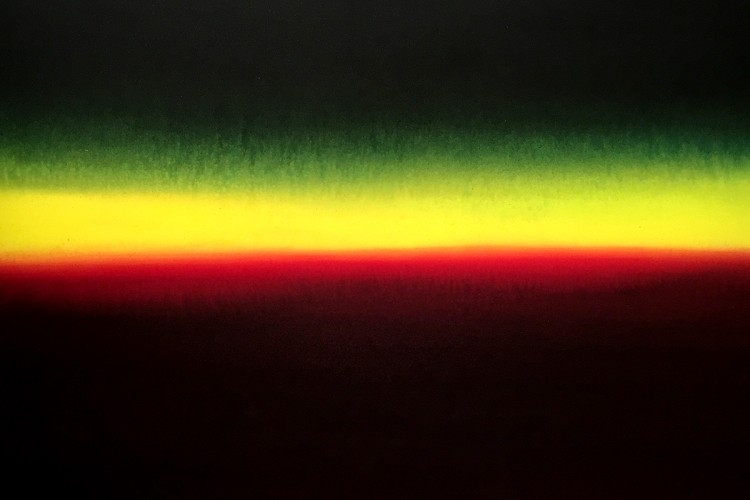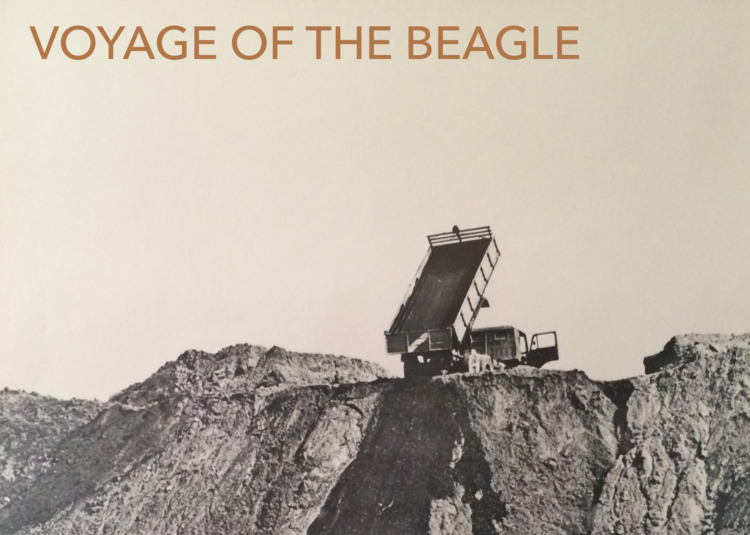March 31st – May 26th, 2016
Opening Reception: March 31st 6 pm
Nicholas Galanin (Tlingit)
Cannupa Hanska Luger (Lakota/Mandan/Arikara/
Steven J. Yazzie (Navajo)
Tom Jones (Ho Chunk)
Winter Count Collective (Merritt Johnson, Cannupa Hanska Luger, Nicholas Galanin, Dylan McLaughlin ,Ginger Dunnill)
Curated by Erin Joyce Projects
Indigenous peoples of the Western Hemisphere have a spiritual and mystical connection with the land. The land is part of the Indigenous tradition and religion, from creation stories to the way in which Indigenous peoples live their lives, the land is indivisible from Native America. Throughout the history of the United States and their relationality to Native tribes, the issue of land rights and ownership has been at the forefront of confrontation. From historic events like forced relocation from traditional lands, to contemporary issues of unauthorized sale of tribal land, energy extraction, and contested landscapes,My Country Tis of Thy People You’re Dying, is in reference to the song of the same title by Buffy Saint Marie, and will feature artworks by contemporary Indigenous North American artists examining the environmental impact of energy extraction, the impact it has on the collective Indigenous psyche, and the political framework that has and continues to enable unsanctioned land deals and the abuse of powers over the people. With issues in recent years such as the sale of Oak Flat on the San Carlos Apache Reservation in Southeastern Arizona, First Nations tribes fighting pipelines through their territory, and most prominently the conflict at Standing Rock in North Dakota, the timing of this exhibition could not be more relevant.
The mediums represented in this exhibition will be mixed. A film installation by Steven J. Yazzie (Navajo) looks at the impact of uranium mining on the Navajo reservation, on the Navajo people, their health, and the health of the land through stunning and poignant narrative and visual imagery. Nicholas Galanin’s (Tlingit) G
The exhibition opens at Radiator Gallery in Long Island City, New York March 31st, 2017, and runs through May 26, 2017.
The exhibition is generously supported by a Social Justice Grant from the Shelley and Donald Rubin Foundation and fiscal sponsorship from New York Foundation
PRESS RELEASE PRESS KIT CHECKLIST BOOKLET
ARTWORK:
OPENING RECEPTION:

